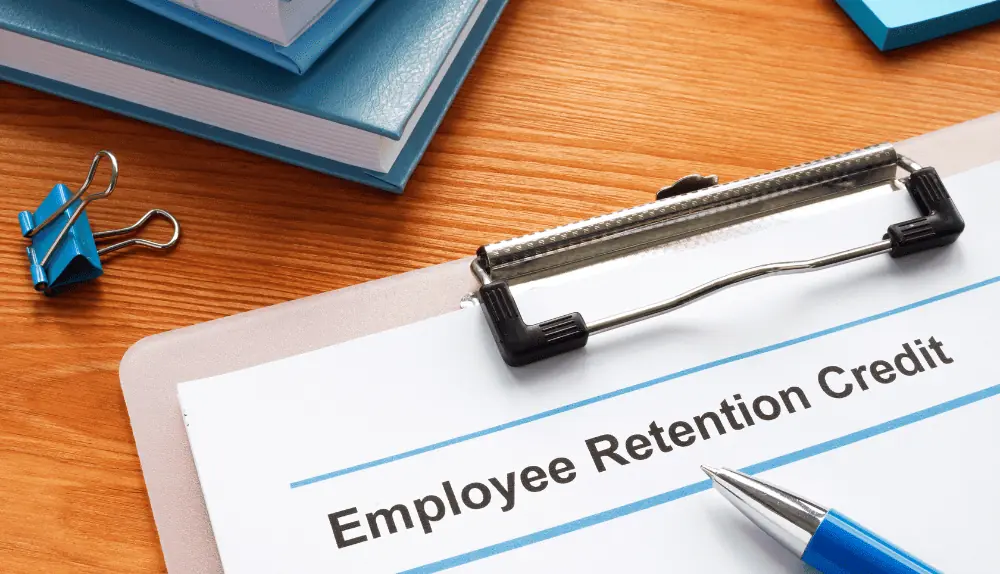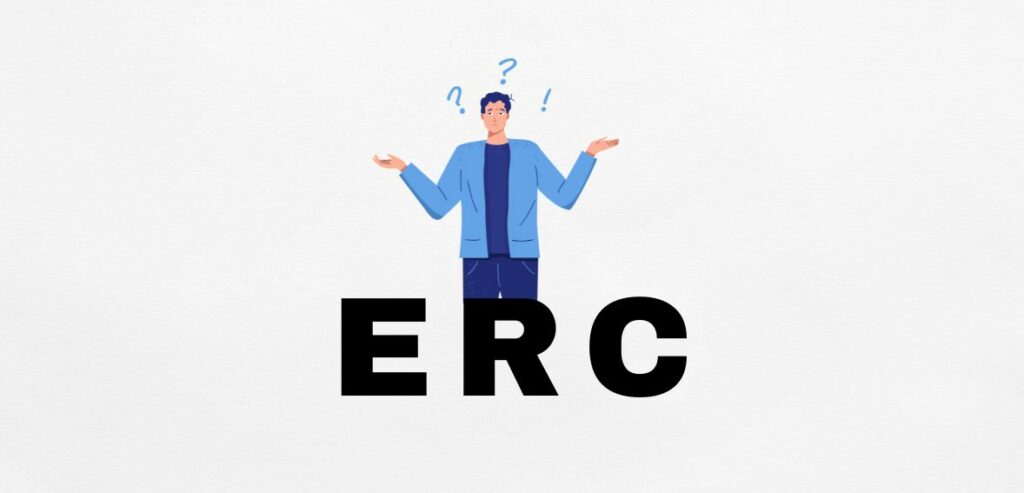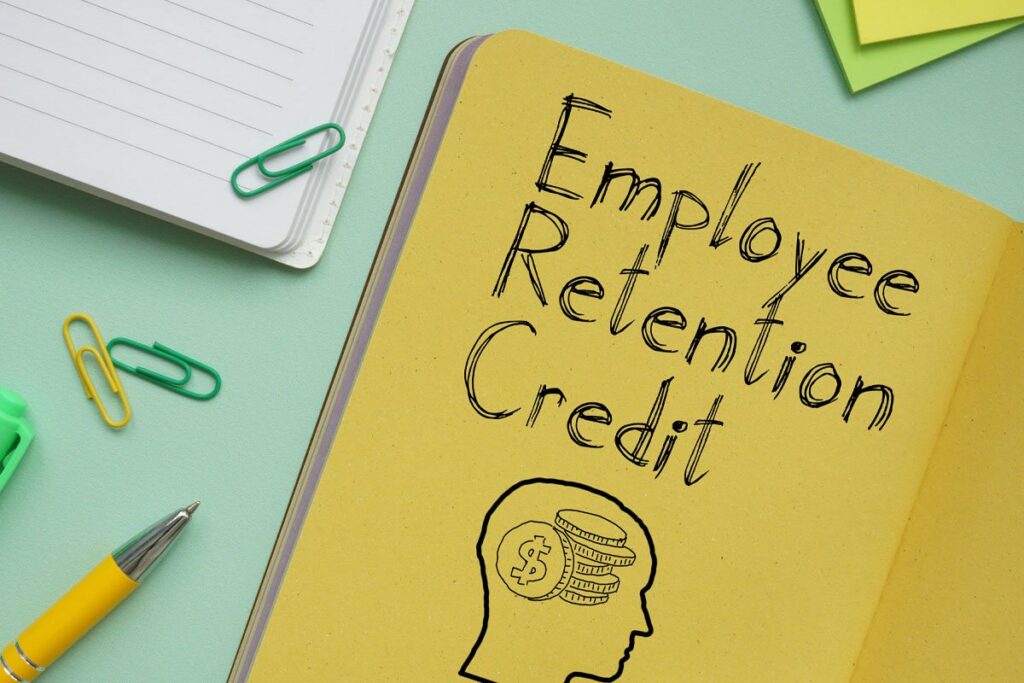The IRS has repeatedly cautioned taxpayers about a rise in aggressive marketing related to questionable or fraudulent claims for the Employee Retention Credit (ERC). Initially, the IRS addressed ERC claims by including them in their Dirty Dozen list. Later, on September 14, 2023, the IRS took immediate action by placing a moratorium on processing new claims, which will continue at least until 2023.
The IRS is now providing a solution for taxpayers who have fallen prey to ERC scams and have yet to receive their refunds. On October 19, 2023, the IRS introduced an ERC withdrawal procedure. This initiative aims to assist businesses concerned about the eligibility of their claims.
The IRS instituted a “withdrawal process” for specific small businesses that submitted ERC claims during the Covid and now think they might not be qualified. Once presented as a relief plan, this procedure is intended for small firms that legitimately applied for financial aid but were later approached by the Internal Revenue Service to question the validity of their claims. These companies now have to deal with interest, fines, or payback. Company owners that submit ERC claims need to be fully aware of the qualifying requirements and the possible repercussions of making inaccurate, fraudulent, or inappropriate claims.
Key Takeaways:
- Introduction of a Targeted Solution: The IRS has responded to the surge in fraudulent Employee Retention Credit (ERC) claims by unveiling a withdrawal process on October 19, 2023. This targeted initiative is specifically designed to aid businesses that have fallen victim to ongoing scams and have concerns about the eligibility of their ERC claims.
- Shielding Businesses from Audits and Penalties: The withdrawal procedure protects businesses influenced by third parties or misled into filing ineligible ERC claims. Businesses can shield themselves from potential audits and penalties by retracting these claims. Withdrawn claims will be treated as if they were never submitted, offering a means of rectification.
- Eligibility Criteria for ERC Withdrawal: Businesses eligible for the ERC withdrawal process include those who have claimed the credit on specific employment tax return forms but have yet to receive a refund or have not cashed the refund. The withdrawal applies to businesses that filed adjusted returns solely for ERC claims without any other modifications.
- Irreversible Nature of ERC Withdrawal: While the ERC withdrawal process benefits eligible businesses, it comes with a crucial caveat – once requested, the withdrawal is irreversible. The IRS emphasizes the importance of businesses approaching reputable tax providers for guidance before initiating a withdrawal, highlighting the permanent nature of this decision.
The Necessity Of ERC Withdrawal Procedure

In light of the financial difficulties posed by COVID-19, the ERC was created to support qualified small enterprises in keeping their workforces on board. Unfortunately, several tax consultants have abused the credit by using aggressive marketing strategies. These advisors lured small companies into making illegal tax credit claims and amending payroll tax forms. The IRS decided to halt assessing new ERC applications until the end of 2023 as an outcome of this misuse, which led to an increase in invalid filings.
The purpose of the unique withdrawal procedure is to enable companies that other people have influenced to withdraw their ERC claims. This move aims to protect them against more audits and fines. Claims that are withdrawn will be handled as though they were never filed. It is crucial to remember that the law does not shield companies who intentionally submitted false ERC claims or colluded to do this from possible criminal inquiries and legal action.
The IRS press release states that certain employers who submitted an ERC claim but have not received a refund yet can withdraw their application thanks to this recently added withdrawal option. They can avoid penalties, interest, and future payback by doing this. To avoid the possibility of getting an ineligible reimbursement, employers have the option to withdraw an ERC claim while it is still being processed.
The statement highlights that the IRS created the withdrawal option to support small company owners and other individuals who were duped or coerced into filing claims not eligible by ERC advertisers or promoters. Claims that are withdrawn will be regarded as never submitted, and the IRS won’t charge interest or penalties in these situations. It went on to say that it’s important to remember that anyone who intentionally made a bogus claim or who assisted or conspired to engage in such behavior should be informed that they could still face a criminal inquiry and prosecution if they decide to withdraw their fraudulent claim.
Who Is Eligible For The ERC Withdrawal Process?

Businesses are eligible to utilize the ERC withdrawal process under the following conditions:
- They filed a payroll return form for the employees (Form 941X, 943X, 944X, CT1X) claiming the ERC, but they have not received a refund, or if they have, they have not cashed the refund.
- With no other changes, they filed an updated return only to claim ERC.
- They plan to give up the ERC claim in its entirety.
Businesses can benefit from this unique ERC withdrawal method, but there’s a big catch and that is ERC removal is irreversible once requested.
IRS advises businesses who suspect the invalidity or inaccuracy of their claims to seek guidance from a trusted service provider with expertise in incentives and credits before initiating a withdrawal. This step ensures a thorough reassessment of refunds before making the irreversible decision to withdraw.
How To Initiate An ERC Withdrawal?

The IRS has specific instructions for withdrawing Employee Retention Credit (ERC) claims. The withdrawal method depends on the status of your ERC claim; for instance, for those who haven’t received a refund and haven’t been informed your claim/application is under an audit, here are some steps you can take:
- Create a duplicate of the adjusted return (e.g., 941X) containing the claim you intend to withdraw.
- On the first page, inscribe “Withdrawn” in the left margin.
- An authorized person should sign and date the right margin of the first page. Additionally, they should write their name and title next to their signature.
- Fax the duly signed return to the IRS’s ERC claim dedicated withdrawal fax line at 8557387609. For those without access to a fax, the adjusted return can be mailed to the address specified in the return instructions.
If you have yet to receive a refund and have been informed that your ERC application is under audit, the withdrawal steps remain the same as outlined for Status 1. However, there is a requirement to mail or fax the request to a different location. Here’s a detailed breakdown:
- Follow the same procedures as outlined for Status 1, which include copying the amended return containing the withdrawn claim, writing “Withdrawn” on the first page’s left margin, and having an authorized individual sign and date the right margin while putting their name and title next to the signature.
- If your case has been assigned to an examiner, ask them how to mail or fax your withdrawal request directly to them.
- If you would still like to be assigned an examiner, reply to the audit notice with your request to withdraw using the format specified.
In the scenario where you have received a rebate check but haven’t deposited or cashed it, follow these steps for the claim withdrawal:
- Prepare the claim withdrawal request by following the procedures listed in Status 1. But please do not fax the request.
- Mark “Void” in the endorsing section on the reverse of the return check.
- With the voided check, include a message that reads “ERC Withdrawal” and explains why you returned the refund check.
- Keep copies of all pertinent paperwork for your tax records, such as the signed and dated withdrawal request form, the explanation notes, and the front and reverse of the canceled check.
- The voided check should not be bent, paper-clipped, or stapled. Enclose it with your request to withdraw your claim and send the package to the IRS through certified mail.
After reviewing your request, the IRS will notify you by letter regarding the acceptance or rejection of your request. It’s important to note that an approved request is only effective once the IRS has officially notified you of its acceptance.
If you have accepted a rebate check and have already deposited or cashed it, the withdrawal option is currently unavailable for claims associated with deposited or cashed refund checks. However, the IRS has indicated the possibility of implementing a program to address this scenario shortly.
Conclusion
The IRS has introduced a targeted withdrawal process for businesses ensnared by fraudulent or questionable claims related to the Employee Retention Credit (ERC). Recognizing the surge in misuse of the ERC, particularly by unscrupulous tax consultants, the IRS implemented a moratorium on new ERC claims and has now unveiled this withdrawal initiative.
This unique withdrawal process allows eligible businesses to retract their ERC claims, shielding them from potential audits and penalties. Emphasizing the irreversible nature of the withdrawal, the IRS urges caution and certainty in decision-making. Eligible businesses facing interest, penalties, or repayment concerns can initiate withdrawal following specific instructions provided by the IRS.
As the IRS strives to protect businesses from ERC scams, it underscores the importance of seeking guidance from reputable tax providers before making irreversible decisions. This tailored withdrawal process is crucial for rectifying inadvertent or coerced ERC claims, ensuring a fair and just resolution for affected businesses.

